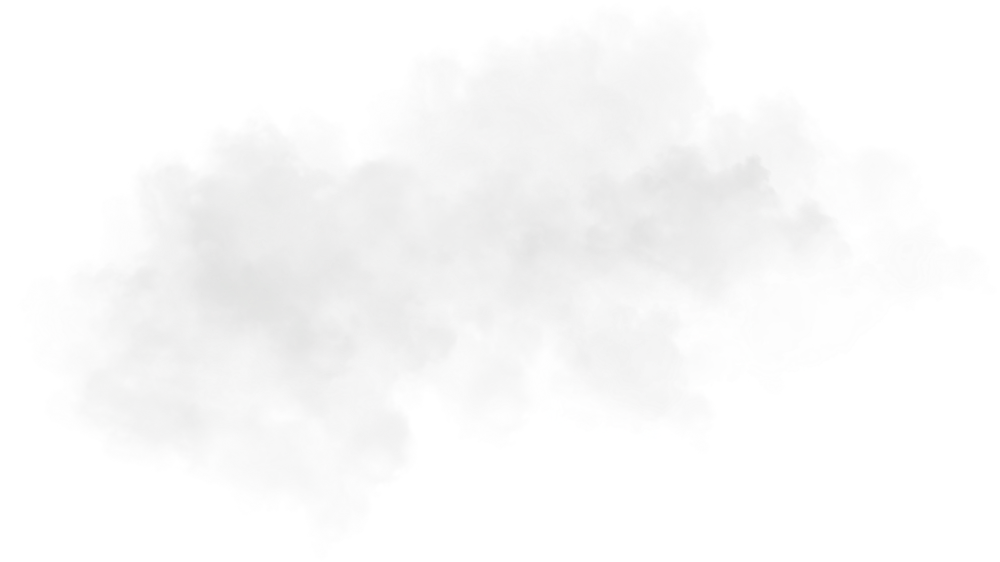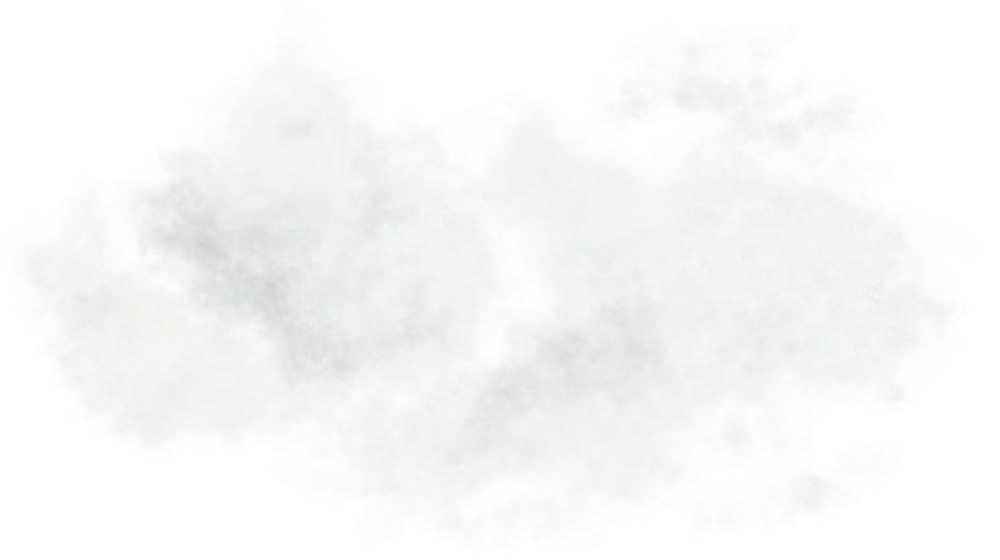Landof white water
It trickled down from the verdant slopes of volcanoes, then wound its tortuous way through the rocks of the Hercynian basement, carving deep furrows.
Today, the wild gorges of the Dordogne, Sumène, Rhue and Tarentaine rivers are exceptional reservoirs of biodiversity.



TheDordogne gorges
On the western edge of the Auvergne, the Dordogne has carved out steep, winding gorges that today represent one of the most remarkable natural areas in the Massif Central. The river is the result of the meeting of two small streams originating on the northern slopes of the Puy de Sancy: the Dogne and the Dore.
Although the gorges are dotted with a succession of hydroelectric dams, they offer a wild environment of the highest order! Classified as a world biosphere reserve by UNESCO, the Upper Dordogne gorges are home to rare and protected species of flora and fauna: Short-toed Eagle, Black-crowned Night Heron, common otter, pauciflora sedge, scolopendre fern, spider’s web houseleek, etc.

TheRhue gorges
The Cantalien section of the Rhue, which rises near Super Besse, holds a wonderful surprise in store for nature lovers.
Halfway between Condat and Bort-les-Orgues, you’ll discover 1,000 hectares of superb green gorges with wooded slopes. The area boasts outstanding biodiversity, with numerous protected plant species thanks to exemplary forest management.
The Rhue gorges are also home to one of the few low-altitude populations of chamois. They can be reached accessible by following the D679 road from Champs-sur-Tarentaine to Coindre.

TheSaut de la Saule
Saut de la Saule is a surprising canyon carved out by the Rhue” river. Accompanied by a succession of rapids and waterfalls, this site separates the communes of Vebret in Cantal and Bort-les-Orgues in Corrèze.
Before joining the Dordogne, all the water of the Rhue river is concentrated in narrow passages forming small waterfalls. A 6km hike allows you to appreciate the site.

TheTarentaine
A 35km-long river, the Tarentaine rises in the Monts Dore (when it was called the Trentaine) and forms a 5km boundary between the Puy de Dôme and Cantal departments. It flows through the Artense plateau and joins the Rhue under the Lourseyre bridge.
Numerous ruins of water-powered mills dot the banks of the river between the Moulin de Covy and the Moulin des ânes bridge. They were used to make flour and oil, as well as supplying electricity to local villages and sawmills.

Witness to a tumultuous past, the Tarentaine is dotted with potholes, known as marmites du diable (devil’s potholes), marmites de géant (giant’s potholes) or marmites glaciaires (glacial potholes). These are more or less cylindrical natural cavities cut into the rock by ancient torrential streams.
These watercourses have drained pebbles or gravel, which encourages swirling erosion. These potholes can be seen from the Devil’s Bridge via route 10: the Gravières forest.

TheSumène
The Sumène rises at an altitude of over 1,200 m, above the Cournil woods, between the communes of Collandres and Trizac. Along its 47 km course, it passes under the Vendes railway viaduct and then receives its main tributary, the Mars.
In its final stretch, after Bassignac, the Sumène flows mostly through wooded gorges, some of them very narrow, until it reaches its confluence with the Dordogne at the Gratte-Bruyère lookout in Corrèze.